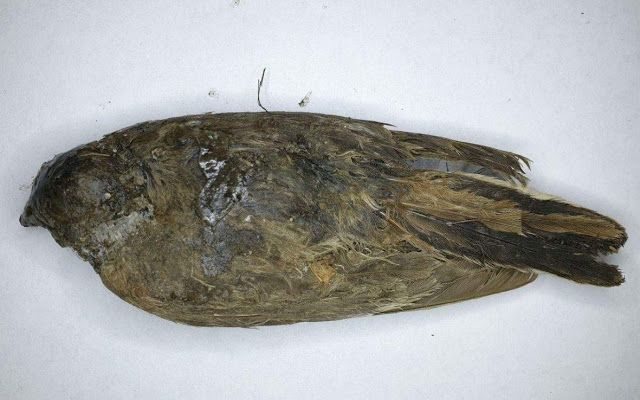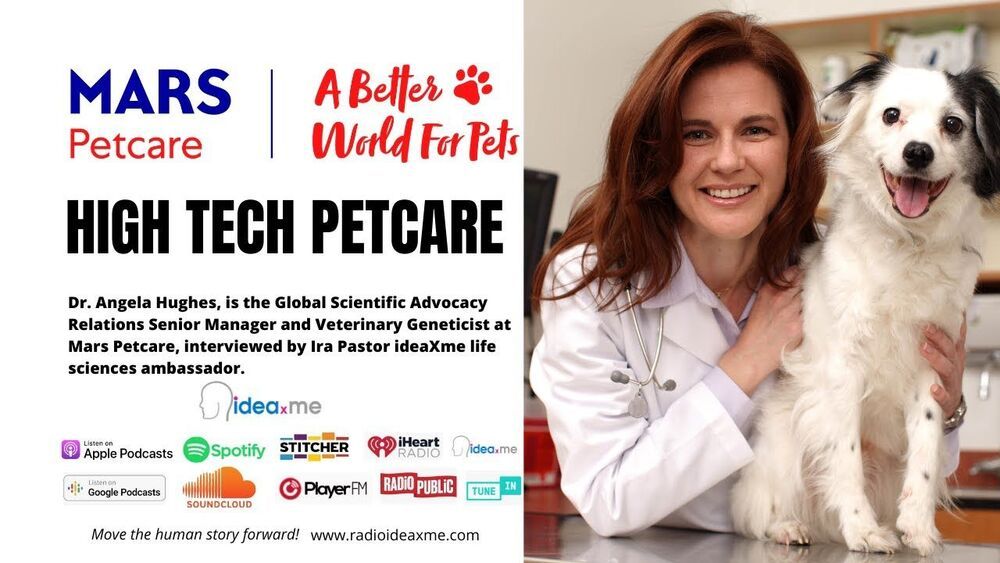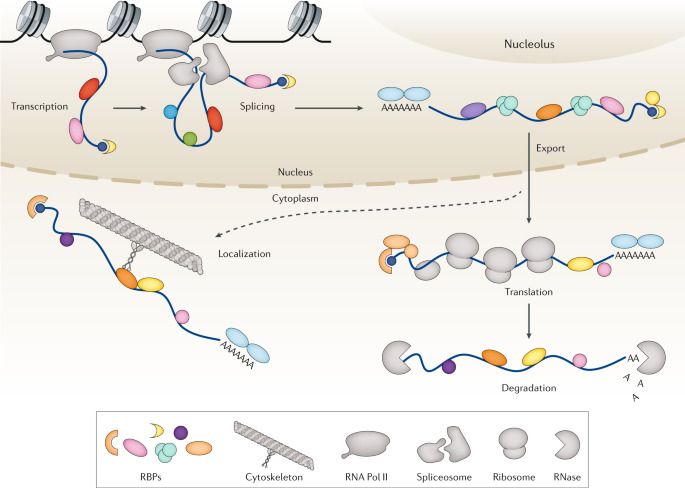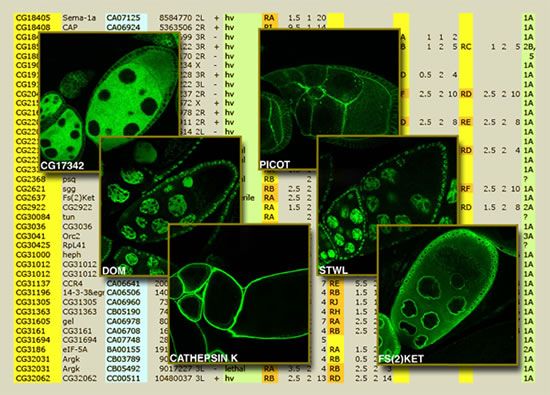Dec 4, 2020
Frozen Bird Found in Siberia is 46,000 Years Old
Posted by Brent Ellman in categories: biotech/medical, evolution, genetics
Scientists have recovered DNA from a well-preserved horned lark found in Siberian permafrost. The results can contribute to explaining the evolution of sub species, as well as how the mammoth steppe transformed into tundra, forest and steppe biomes at the end of the last Ice Age.
In 2018, a well-preserved frozen bird was found in the ground in the Belaya Gora area of north-eastern Siberia. Researchers at the Centre for Palaeogenetics, a new research center at Stockholm University and the Swedish Museum of Natural History, haves studied the bird and the results are now published in the scientific journal Communications Biology. The analyses reveals that the bird is a 46,000-year-old female horned lark.
“Not only can we identify the bird as a horned lark. The genetic analysis also suggests that the bird belonged to a population that was a joint ancestor of two sub species of horned lark living today, one in Siberia, and one in the steppe in Mongolia. This helps us understand how the diversity of sub species evolves,” says Nicolas Dussex, researcher at the Department of Zoology at Stockholm University.
















